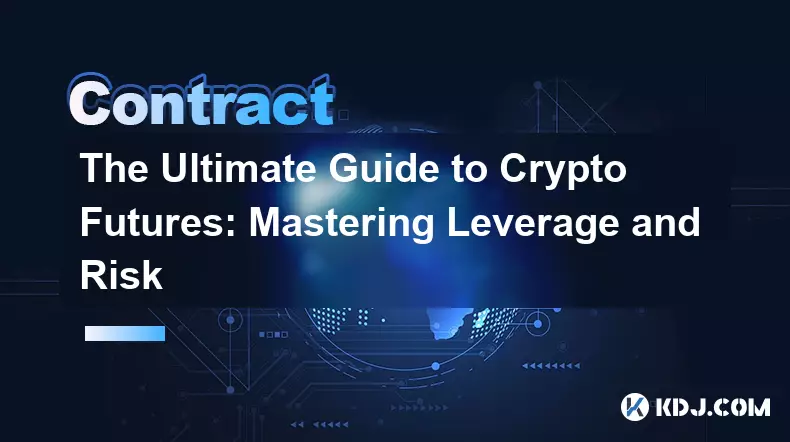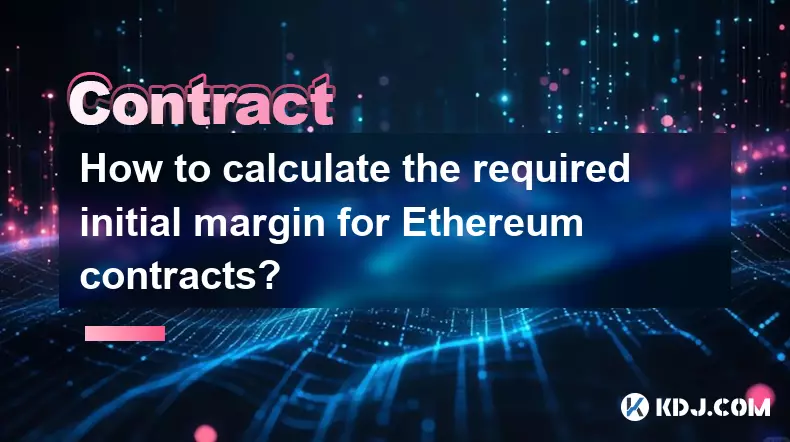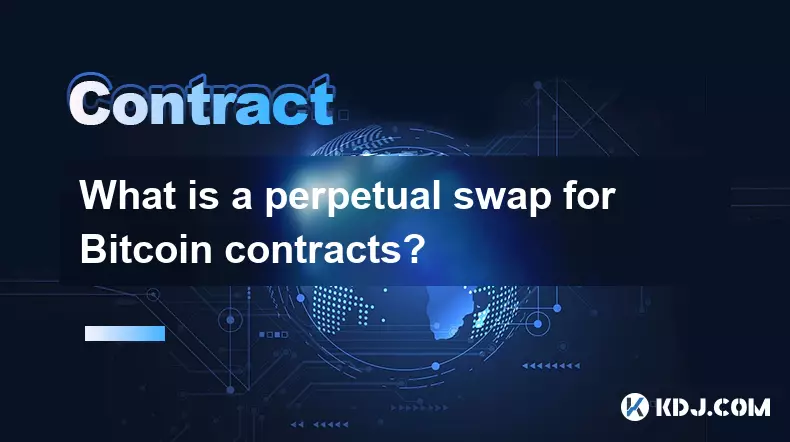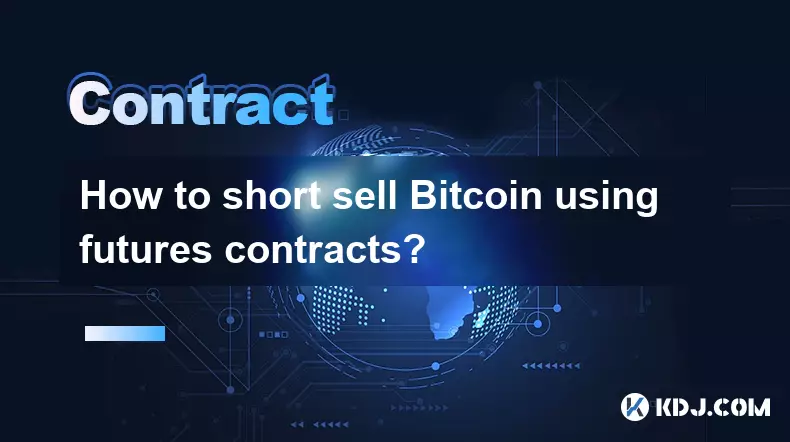-
 bitcoin
bitcoin $118548.520763 USD
3.67% -
 ethereum
ethereum $4352.564943 USD
4.79% -
 xrp
xrp $2.964058 USD
4.22% -
 tether
tether $1.000565 USD
0.05% -
 bnb
bnb $1028.372955 USD
1.46% -
 solana
solana $221.373507 USD
6.00% -
 usd-coin
usd-coin $0.999933 USD
0.02% -
 dogecoin
dogecoin $0.248633 USD
6.85% -
 tron
tron $0.341444 USD
2.38% -
 cardano
cardano $0.852946 USD
5.82% -
 hyperliquid
hyperliquid $47.869306 USD
6.15% -
 chainlink
chainlink $22.561476 USD
6.01% -
 ethena-usde
ethena-usde $1.001258 USD
0.05% -
 avalanche
avalanche $30.660000 USD
2.06% -
 stellar
stellar $0.400917 USD
9.76%
The Ultimate Guide to Crypto Futures: Mastering Leverage and Risk
Crypto futures allow traders to speculate on price movements without owning assets, using leverage for larger positions—but with amplified risks.
Sep 20, 2025 at 03:19 am

The Basics of Crypto Futures Trading
1. Crypto futures are derivative contracts that allow traders to speculate on the future price of a cryptocurrency without owning the underlying asset. These contracts are standardized and traded on regulated exchanges such as Binance, Bybit, and OKX.
2. Each futures contract has an expiration date, at which point the settlement occurs either in cash or through physical delivery, depending on the exchange and contract type. Perpetual futures, which do not have an expiration date, are especially popular in the crypto space.
3. Traders use futures to hedge existing positions or to take directional bets. For example, if a trader believes Bitcoin will rise in value, they can go long on a BTC futures contract. Conversely, if they expect a drop, they can go short.
4. The price of a futures contract is derived from the spot price of the cryptocurrency but can diverge due to market sentiment, funding rates, and leverage. Understanding the relationship between spot and futures prices is crucial for timing entries and exits.
5. Futures markets operate 24/7, providing constant liquidity and opportunities, but also exposing traders to round-the-clock volatility and risk.
Understanding Leverage in Crypto Futures
1. Leverage allows traders to control a large position with a relatively small amount of capital. For instance, with 10x leverage, a $1,000 margin can control a $10,000 position. Exchanges often offer leverage as high as 100x, especially on perpetual contracts.
2. While leverage amplifies potential profits, it also magnifies losses. A 1% adverse move against a 100x leveraged position can result in a complete loss of the margin. Risk management is therefore essential when using high leverage.
3. Different exchanges offer varying levels of leverage depending on the asset and market conditions. Major coins like Bitcoin and Ethereum typically support higher leverage than altcoins due to their deeper liquidity and lower volatility.
4. Margin requirements are dynamic and depend on the leverage used. Higher leverage means a smaller buffer against price swings, increasing the likelihood of liquidation.
5. Traders should avoid using maximum leverage available just because it’s accessible. Conservative leverage, such as 2x to 10x, often leads to more sustainable trading performance over time.
Risk Management Strategies for Futures Traders
1. Position sizing is one of the most effective tools for managing risk. Limiting each trade to a small percentage of total capital—such as 1% to 2%—helps prevent catastrophic losses during unexpected market moves.
2. Stop-loss orders are critical in futures trading. Placing a stop-loss helps automatically close a position if the market moves against the trader beyond a predetermined level, preserving capital.
3. Traders should monitor funding rates in perpetual futures markets. High positive funding rates indicate a predominance of long positions, which may signal over-leverage and a potential correction.
4. Liquidation risk increases with leverage and volatility. Using isolated margin mode instead of cross-margin can help contain losses to a specific position rather than the entire account balance.
5. Diversifying trading strategies—such as combining trend following with mean reversion—can reduce reliance on any single approach and improve long-term consistency.
Frequently Asked Questions
What is the difference between isolated and cross margin?Isolated margin assigns a specific amount of margin to a single position, limiting risk to that amount. Cross margin uses the entire account balance as collateral, which can lead to larger liquidations if multiple positions move against the trader.
How do funding rates affect futures trading?Funding rates are periodic payments made between long and short traders in perpetual contracts. If rates are positive, longs pay shorts, often indicating bullish sentiment. High funding rates can signal over-leveraged long positions, potentially leading to sharp downside moves.
Can I trade crypto futures with low capital?Yes, many exchanges allow futures trading with small amounts due to high leverage. However, low capital increases the risk of liquidation. Traders with limited funds should use minimal leverage and strict risk controls to avoid rapid losses.
What causes liquidation in futures trading?Liquidation occurs when a trader’s margin falls below the maintenance requirement due to adverse price movement. The exchange automatically closes the position to prevent further losses. High leverage and volatility are primary contributors to liquidation events.
Disclaimer:info@kdj.com
The information provided is not trading advice. kdj.com does not assume any responsibility for any investments made based on the information provided in this article. Cryptocurrencies are highly volatile and it is highly recommended that you invest with caution after thorough research!
If you believe that the content used on this website infringes your copyright, please contact us immediately (info@kdj.com) and we will delete it promptly.
- BlockDAG, DOGE, HYPE Sponsorship: Crypto Trends Shaping 2025
- 2025-10-01 00:25:13
- Deutsche Börse and Circle: A StableCoin Adoption Powerhouse in Europe
- 2025-10-01 00:25:13
- BlockDAG's Presale Buzz: Is It the Crypto to Watch in October 2025?
- 2025-10-01 00:30:13
- Bitcoin, Crypto, and IQ: When Genius Meets Digital Gold?
- 2025-10-01 00:30:13
- Stablecoins, American Innovation, and Wallet Tokens: The Next Frontier
- 2025-10-01 00:35:12
- NBU, Coins, and Crypto in Ukraine: A New Yorker's Take
- 2025-10-01 00:45:14
Related knowledge

What is the maintenance margin for Bitcoin contracts?
Oct 02,2025 at 01:36am
Decentralized Exchanges Gain Momentum in 20241. Decentralized exchanges (DEXs) have seen a significant rise in trading volume, surpassing centralized ...

How to calculate the required initial margin for Ethereum contracts?
Oct 01,2025 at 06:01am
Understanding Initial Margin in Ethereum Futures1. The initial margin for Ethereum futures contracts represents the minimum amount of capital a trader...

What is a perpetual swap for Bitcoin contracts?
Oct 01,2025 at 08:18am
Understanding Perpetual Swaps in Bitcoin Trading1. A perpetual swap is a type of derivative contract that allows traders to speculate on the price of ...

What is the best platform for trading SOL contracts?
Oct 01,2025 at 06:36am
Understanding the Role of Decentralized Exchanges in Modern Crypto Trading1. Decentralized exchanges (DEXs) have reshaped how traders interact with di...

How to short sell Bitcoin using futures contracts?
Oct 01,2025 at 02:54am
Understanding the Role of Decentralized Exchanges in Crypto Trading1. Decentralized exchanges (DEXs) have become a cornerstone of the cryptocurrency e...

Are PEPE contracts a good way to trade volatility?
Oct 01,2025 at 04:18am
Understanding PEPE Contracts in the Cryptocurrency Market1. PEPE contracts, derived from the broader meme coin movement, have gained attention due to ...

What is the maintenance margin for Bitcoin contracts?
Oct 02,2025 at 01:36am
Decentralized Exchanges Gain Momentum in 20241. Decentralized exchanges (DEXs) have seen a significant rise in trading volume, surpassing centralized ...

How to calculate the required initial margin for Ethereum contracts?
Oct 01,2025 at 06:01am
Understanding Initial Margin in Ethereum Futures1. The initial margin for Ethereum futures contracts represents the minimum amount of capital a trader...

What is a perpetual swap for Bitcoin contracts?
Oct 01,2025 at 08:18am
Understanding Perpetual Swaps in Bitcoin Trading1. A perpetual swap is a type of derivative contract that allows traders to speculate on the price of ...

What is the best platform for trading SOL contracts?
Oct 01,2025 at 06:36am
Understanding the Role of Decentralized Exchanges in Modern Crypto Trading1. Decentralized exchanges (DEXs) have reshaped how traders interact with di...

How to short sell Bitcoin using futures contracts?
Oct 01,2025 at 02:54am
Understanding the Role of Decentralized Exchanges in Crypto Trading1. Decentralized exchanges (DEXs) have become a cornerstone of the cryptocurrency e...

Are PEPE contracts a good way to trade volatility?
Oct 01,2025 at 04:18am
Understanding PEPE Contracts in the Cryptocurrency Market1. PEPE contracts, derived from the broader meme coin movement, have gained attention due to ...
See all articles










































































